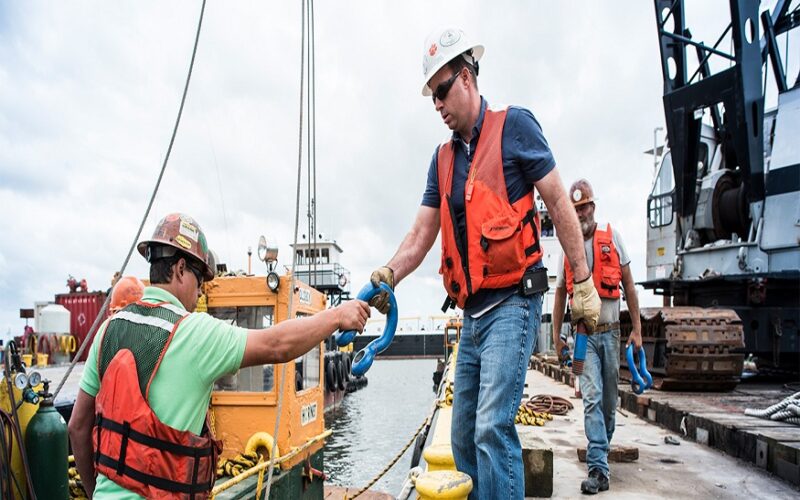Marine construction can take many different forms. These include Drydocks, Floating piers, Semi-submersible platforms, Bulkheads, and Retaining walls. These types of projects require several other steps, including environmental impact assessment, permits, and permits covering these structures’ construction.
Floating Piers
There are numerous varieties of floating piers. Some are made from steel, while others are constructed from concrete. Choosing the right pier for your location is an important decision.
During the construction process, consider what the dock is for. Piers are usually used for fishing, shipping and other maritime-related activities. They can also be used to provide access to shorelines or for recreation.
When choosing a dock for your marina, look at the types of piers available. Depending on your location, your options include pleasure, working, and open piers. Each can be customized to meet your needs, like the decks and docks west palm beach.
Drydocks
Dry docks are an essential part of maritime construction. They are constructed for a variety of purposes. Among other things, they are used to perform hull maintenance, paint and rust removal, and repairs.
A dry dock can be built to house a particular type of vessel. There are two main types of dry docks. The graving dry dock and the floating dry dock.
Graving dry docks are typically rectangular solid concrete constructions. They have gates on the water side of the dry dock.
Floating dry docks are also mobile. These docks are similar to large platforms, but they have water inside. When a boat enters the dry dock, water is pumped out. This allows for better inspection.
Retaining Walls
Retaining walls are an essential part of marine construction. They prevent soil from moving or slipping and help create usable beds from steep terrain. These structures are also aesthetically pleasing, providing decorative landscaping features.
There are many types of retaining walls. The most basic consists of a solid, non-flexible concrete wall. This type is best used for temporary structures. For permanent installations, composite gravity walls are becoming the standard.
The International Building Code requires retaining walls to be built for at least 1.5 safety factors. They should also have the following features: a structural steel framework behind the wall, a batter setback to improve stability, and a drainage system to limit the amount of hydrostatic pressure applied to the wall.
Bulkheads
Bulkheads, also called marine construction structures, are a vital part of the maritime industry. They help maintain the proper water depth for marine life and protect the nearby structures from erosion and damage.
Marine structures are fabricated with various materials, including wood pilings, concrete and commercially developed vinyl products. These can be used on both commercial and residential properties.
Seawalls, bulkheads and retaining walls are some of the most common marine construction structures. Coastal property owners must consider their options to ensure their homes and businesses are protected from coastal erosion.
Semi-Submersible Platforms
A semi-submersible is a marine construction that uses a submerged hull for buoyancy. It is a floating, multi-legged structure that has an expansive deck area. Semi-submersibles are used for various applications, such as drilling, production, and luxury accommodation. The design of semi-submersibles has evolved over the years.
Twin pontoons were used in the construction of early semi-submersibles. For increased stability, these were redesigned. They responded to the motion more strongly as well. However, fatigue was a problem. By the 1960s, semi-submersibles had to be redesigned.
Since then, newer designs have improved their motion characteristics. This has made them more useful in the offshore industry. In addition, they can adapt to changes in good depth.
Environmental Impact Assessment
Environmental Impact Assessments (EIAs) are used to identify and assess the potential environmental impacts of projects. They are usually conducted in conjunction with a permit application. EIAs are meant to inform decision-makers about the full extent of the ecological effects of development. A comprehensive assessment avoids the transfer of problems and provides a basis for future planning decisions.
The potential effects of common types of marine construction on human health and the environment have been examined in several studies. Some critical areas of study are coastal habitats, aquatic environments and air pollution. These areas are discussed in detail in the context of three EU Directives.

